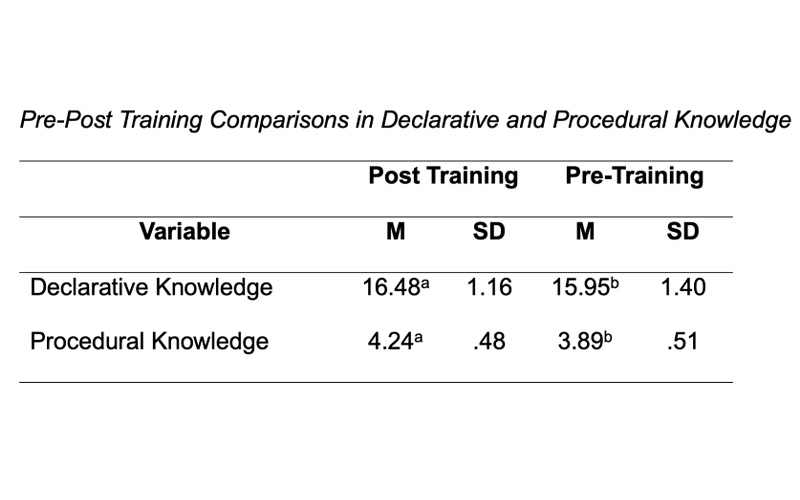Sexual Harassment Training for Young Workers
This project is supported by the Pennsylvania State System of Higher Education (PASSHE) Faculty Professional Development Council (FPDC) Annual Grant Program. This program is intended to provide professional growth opportunities for individual faculty, with a focus on projects that encourage student success.
Purpose
The purpose of this project was to create a training module on sexual harassment specifically for young workers to be used in schools, universities, and organizations. This project directly relates to the Student Success Mission by “providing access to high-value, relevant educational experiences that prepare our students in a timely manner for pathways to successful lives and careers”.
READ FULL STUDY FINDINGS
PROJECT COLLABORATORS
Faculty

Dr. Vipanchi Mishra
West Chester University

Dr. Susan Fiorentino
West Chester University

Dr. H. Kristl Davison
Appalachian State University

Dr. Susan M. Stewart
Western Illinois University
Students
Jaden Brown, MS-IO Psychology
West Chester University
Marissa Casella, B.S. Psychology
West Chester University
Jenna Schreiber, MS-IO Psychology
West Chester University
Winter Elvin, MS-IO Psychology
West Chester University
Why This Matters?
It has been decades since the U.S. Supreme Court ruled that sexual harassment (SH) in the workplace violates Title VII of the Civil Rights Act of 1964. Yet, despite many efforts, SH remains a significant issue. In 2023 alone, the EEOC received 7,732 charges of SH—excluding many unreported incidents or cases outside the law's scope.
Young workers—often in part-time, seasonal, or early-career roles—don’t always receive training on sexual harassment (SH). This can leave them unsure of what it is, how to handle it, or what protections they have. This research explores how effective SH training is for this group.
Study Goals
This study aimed to develop a SH training module specifically for young workers and assess its effectiveness. It focused on changes in attitudes, and both declarative (what SH is) and procedural (how to respond) knowledge:
- Hypothesis 1: SH training designed for young workers will have a positive effect on their declarative knowledge.
- Hypothesis 2: SH training designed for young workers will have a positive effect on their procedural knowledge.
- Research Question 1: Does participant gender influence the effect of SH training designed for young workers on SH-related a) declarative and b) procedural knowledge?
- Research Question 2: Does participant gender influence the impact of SH training designed for young workers on SH-related attitudes?
Training Design
The 45-minute training included four sections: definitions of SH, types (quid pro quo vs. hostile environment), consequences, and response steps. It featured young actors and relatable workplace settings (e.g., restaurants) to enhance engagement.
Participant Overview
117 students (average age 19.8) at a northeastern U.S. university took part. About half identified as male, and 40% had received SH training before.

How We Measured Effectiveness
We followed a widely accepted model of training effectiveness, looking at:
- Declarative knowledge (understanding of definitions and concepts)
- Procedural knowledge (applying knowledge to situations)
- Attitudes toward sexual harassment
- Reactions to the training
WHAT WE FOUND
- Participants showed a significant increase in declarative knowledge post-training, supporting Hypothesis 1.
- Procedural knowledge also improved significantly, supporting Hypothesis 2.
- Women gained more procedural knowledge than men, though both improved.
- Men had more permissive attitudes toward SH after training, highlighting a gap.


Implications for Practice
- Tailored SH training for young workers is crucial. This age group is less experienced and often excluded from traditional SH initiatives.
- Procedural knowledge and attitude improvements are especially important for ensuring appropriate real-world responses to SH incidents.
- Gender-specific training enhancements, such as empathy-based content, can improve outcomes, especially for male participants.
- Organizations should consider longer or multi-method training programs to increase effectiveness and retention.
- Continuous reinforcement, such as follow-up sessions or refresher modules, can help sustain behavioral change over time.
